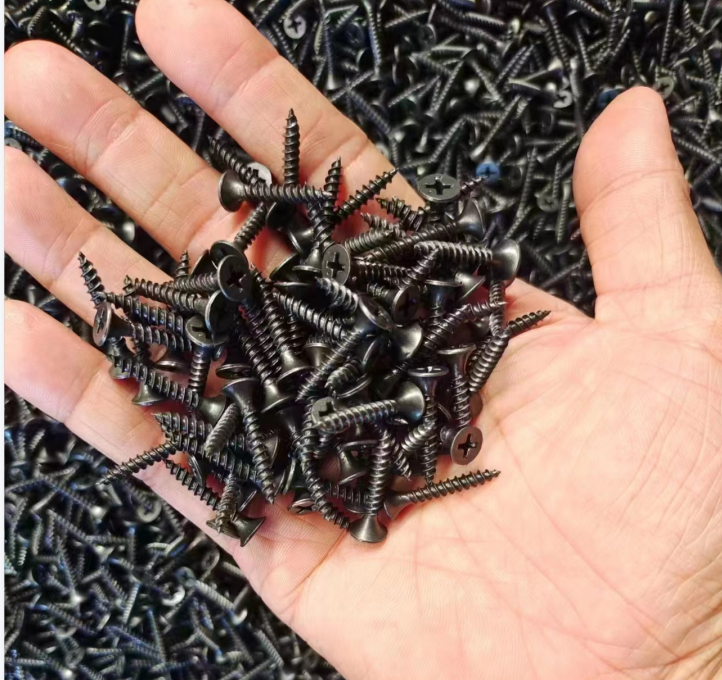custom self drilling screw dimensions
Understanding Custom Self-Drilling Screw Dimensions
Self-drilling screws are a vital component in various construction and manufacturing industries. These screws are designed with a sharp point that allows them to bore through materials without the need for pre-drilling, thereby streamlining assembly processes. When it comes to selecting the right self-drilling screw for a specific application, understanding the dimensions and specifications is crucial.
Types of Self-Drilling Screws
Self-drilling screws come in various types, each serving different purposes. The most common types include roofing screws, sheet metal screws, and lag screws. These types vary in design, such as head style and thread type, which ultimately affects their performance in different materials, including wood, metal, and plastic. Custom self-drilling screws are often manufactured to meet unique specifications based on the application requirements.
Key Dimensions to Consider
When discussing custom self-drilling screw dimensions, several key measurements should be taken into account
1. Length The length of a screw is a fundamental dimension that influences its ability to hold materials together effectively. Custom lengths are often required to accommodate specific material thicknesses.
custom self drilling screw dimensions

2. Diameter The screw's diameter is critical for ensuring compatibility with the materials being joined. Common diameters for self-drilling screws range from 6 to 14; however, custom diameters can be specified based on engineering requirements.
3. Thread Pitch This measurement refers to the distance between adjacent threads on the screw. The thread pitch can affect the screw’s holding power and its ability to penetrate various materials. Customizing thread pitch is essential for applications that require specific grip strength.
4. Head Style The head style affects both the aesthetic and functional aspects of the screw. Common styles include flat, hex, and Phillips. Custom head shapes can be designed to fit particular tools or applications, ensuring ease of use and proper fit in designated holes.
5. Point Style The point of a self-drilling screw is specifically engineered for its instant drilling capability. Standard point styles include type 3 (sharp point) and type 17 (self-tapping). Custom point styles can be designed for specific material types and thicknesses, ensuring maximum efficiency and minimal damage.
6. Material and Coating The material and any coatings applied to the screw affect its durability, corrosion resistance, and performance in various environments. Common materials include stainless steel, carbon steel, and aluminum. Custom coatings can enhance performance in specific applications, such as marine or exterior use.
Conclusion
Choosing the right custom self-drilling screw dimensions requires a thorough understanding of the specifications needed for the intended application. By paying close attention to length, diameter, thread pitch, head style, point style, and material, it is possible to optimize the performance of fasteners in a range of contexts. Whether working in construction, manufacturing, or maintenance, understanding these dimensions ensures that the proper screws are used, leading to more efficient and secure assemblies.
-
Top Choices for Plasterboard FixingNewsDec.26,2024
-
The Versatility of Specialty WashersNewsDec.26,2024
-
Secure Your ProjectsNewsDec.26,2024
-
Essential Screws for Chipboard Flooring ProjectsNewsDec.26,2024
-
Choosing the Right Drywall ScrewsNewsDec.26,2024
-
Black Phosphate Screws for Superior PerformanceNewsDec.26,2024
-
The Versatile Choice of Nylon Flat Washers for Your NeedsNewsDec.18,2024










